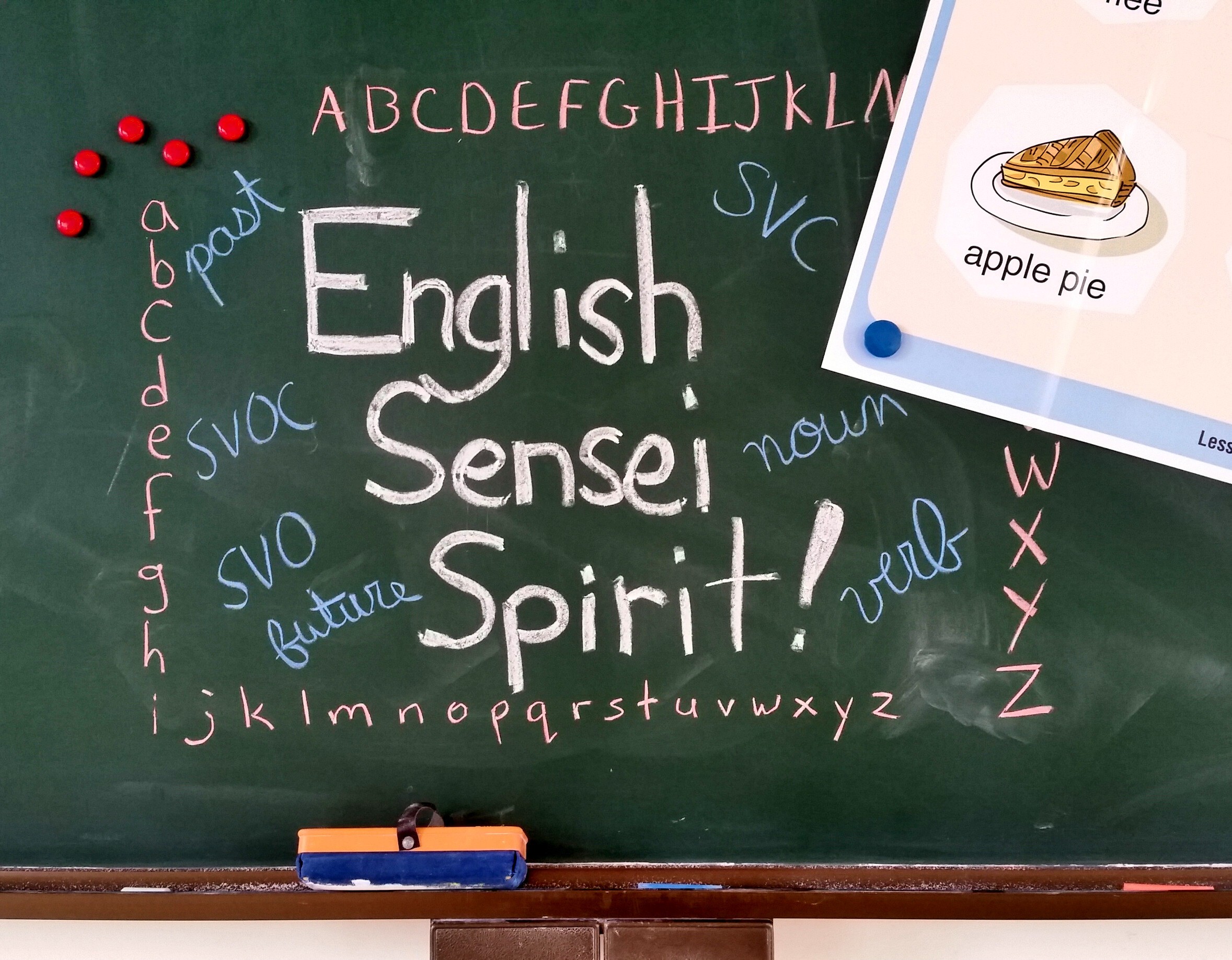My kids are crazy and I don’t know what to do!
– A Beginners Guide to Classroom Management
Â
So it’s been a few months now and everybody seems to have fallen into a nice routine and the mystery and excitement of your arrival have finally worn off. Both for you and your students. No longer do they stare at you in silent wonder but instead have begun chattering incessantly, wandering about the room, not handing in homework and generally just being… teenagers.
Of course you look to your JTE for support but you can’t help but feel like both you and your students know that it shows you aren’t in control of your class and you hate that. Yes, as an ALT you are here to make lessons fun, but you are also their teacher and deserve to be respected as such. You are well aware that you cannot dole out punishments or discipline but you can damn well keep things under control so your JTE doesn’t have to resort to handing out detentions like the stickers you so desperately want to give out instead. Thus I offer a few tried and tested ways of keeping your kids under control:
     1. Sticker system
I don’t know if you’ve notice but a lot of these kids show these off like a badge of honor. Collect several different sets in varying levels of glitter and awesome and rank them. Don’t just give them out for the big stuff either, do it for the little stuff too, held a door open – sticker, handed out papers – sticker, got top/half/some marks – sticker. You want your students to see that even the smallest act of good behavior warrants a reward and the better they are the more they get. The fact of the matter is decades of educational research have shown that reward systems work better than punishment systems.
     2. Compliments compliments compliments
Like stickers, give these freely. “Wow great work†or a smiley face written in with your draft comments work wonders. Never underestimate the power of “thank you†or an “it was very nice of you to help out.†Positive reinforcement is a powerful tool. Your students are more likely to look for praise than they are to look for chastisement.
     3. The silent stare
This one is for the talkers, you have the class’s attention but the back two students just HAVE to share the lunchtime gossip. Stop talking, mid-sentence if you can, and just stare at them. Quirk an eyebrow or give it a “really, you need to do this right now?†edge. Just do not break your stare. The rest of your class will probably turn in the direction of your ire and (usually) in less than 30 seconds your talkers will have noticed the entire room staring intently at them and their conversation will cease.
     4. The loom
This is also for the talkers or your distracting students especially during a quiet activity. Your student isn’t focusing on their work so you move to stand either diagonally behind or next to their desk and simply stand and watch them work. Usually your student will notice you shortly after and begin work immediately. If they persist however, rest a hand on their desk as well and if necessary lean down and give them a quick “please do your work†or a tap on the shoulder. Your presence is a powerful tool, use it.
     5. Voice whip
So often we underestimate the power of our own voice, with it you can raise enthusiasm, capture attention or command. Use your general teaching voice for most instances but save a sharp rise in volume for when you need attention. For example “Okay LISTENING everybody, are we listening?†The sharp change grabs your student’s attention and the return to normal volume means they must be silent to hear. Most will comply. Save yelling for dire situations and I’ve personally found that a disappointed mother tone works best for reprimands.
     6. Put it away
Pulling out the cards or props for a game, but your students are going wild? Simply put them back in the draw in front of your room full of witnesses, pull out the text book and say, “Well I had fun plans but you won’t even listen to what they were so I guess this is what we are going to be doing instead.†If they don’t want to spend the next half hour doing grammar they will sit down and listen.
     7. Stand up and read aloud
This last one is a final resort really, if you have a student that just will not focus, have them stand up and read from the text book (or perhaps a simple novel). They wanna talk, fine, but it’s going to be relevant. If you play your cards right with this one you may never actually need to make them read at all, just let the prospect loom till silence ensues.
Disclaimer: these methods may not work effectively for all but if you want, play around with them and see if you find something that fits. Just remember at the end of the day your kids are probably good kids and you should always try to treat them as such. Think about your own high school years, what made that teacher you loved that much better than the others. See if you can do the same for your students. Often it’s not as hard as you think.
Rackle Beaman






